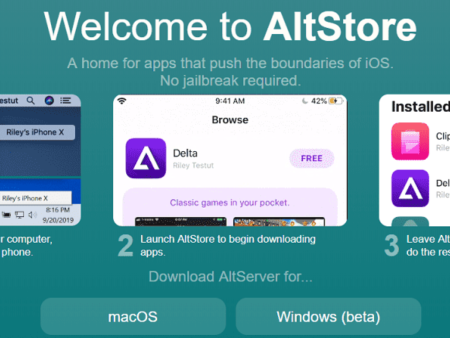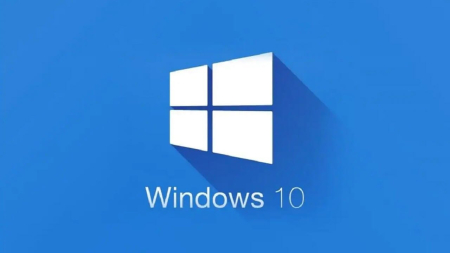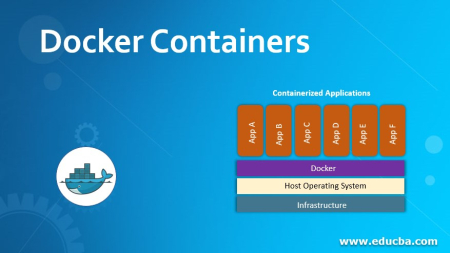A Great Guide to Monetization Strategies for iOS Apps
-
03/03/2023
-
811
-
0
As the mobile app industry grows rapidly, monetization strategies for iOS apps have become increasingly important for app developers looking to maximize revenue.
Related posts
How to increase Google Play downloads and installs free
How to increase iOS app reviews and iOS app ratings free
1. In-app purchases of Monetization Strategies for iOS Apps
In-app purchases are a popular monetization strategy for iOS apps. By offering users additional content or functionality for purchase within the app, developers can generate revenue while enhancing the user experience. In this approach, developers must understand how to design and price in-app purchases and communicate the value of these purchases to users.

In-app purchases of Monetization Strategies for iOS Apps, Source: Asoservice.com
Additionally, it's essential to balance offering compelling in-app purchases and not overloading users with too many options or annoying notifications. With the right approach, in-app purchases can be a profitable and user-friendly monetization strategy for iOS apps. You also can try top app keyword ranking to push your app at the top of App Store research results.
2. Advertising of Monetization Strategies for iOS Apps
Advertising is an effective way for developers to monetize their iOS apps. Developers can generate revenue from clicks, impressions, or other metrics with a well-designed ad strategy. However, balancing the need for revenue with the user experience is essential. Too many ads can detract from the app experience and lead to user churn.
Developers must carefully choose between different ad formats, such as banner ads or interstitial ads, and use ad networks and mediation to maximize revenue from ads. Additionally, developers must be mindful of user data privacy regulations and ensure that ad targeting is transparent and compliant. With the right approach, advertising can be a profitable and sustainable monetization strategy for iOS apps.
3. Subscriptions of Monetization Strategies for iOS Apps
Subscription-based monetization is a popular strategy among iOS app developers. The subscription model charges users a recurring fee for access to premium content, features, or services within the app.
One of the advantages of the subscription model is that it provides a more predictable revenue stream for developers. Because users are charged regularly, developers can more accurately predict how much revenue the app will generate over time. Additionally, because users are paying for ongoing access to premium content, they may be more committed to using the app over the long term.
Another advantage of the subscription model is that it can help to increase user engagement with the app. By offering exclusive content or features to subscribers; developers can incentivize users to spend more time within the app and may be able to increase retention rates.
In conclusion, the subscription model can be an effective monetization strategy for iOS app developers, particularly for apps that offer ongoing value to users. By charging users a recurring fee in exchange for premium content or features; developers can generate a more predictable revenue stream, increase user engagement; and build a loyal user base. You can buy iOS keyword app downloads for more details.
4. Sponsorships and partnerships
Sponsorships and partnerships are a unique and effective way for developers to monetize their iOS apps. Developers can generate revenue from sponsorships, product placements, or other marketing initiatives by partnering with other brands.
This strategy requires developers to identify potential partners that align with their brand values and audience, and to negotiate mutually beneficial terms for any sponsored content. Additionally, developers must ensure that any sponsored content is clearly labeled and transparent to users.
With the right approach, sponsorships and partnerships can provide developers with a new revenue stream while enhancing the user experience through relevant and engaging content.
5. Freemium and paid app models
In the world of iOS app monetization, there are two primary models: freemium and paid. The freemium model involves offering an app for free with the option to purchase additional features or content within the app. Each model has advantages and disadvantages, and developers must carefully consider their options when deciding which model to use.
The freemium model has become increasingly popular in recent years; allowing developers to reach a wider audience and generate revenue from in-app purchases. By offering a free app, developers can attract users; who might not otherwise be willing to pay for an app upfront. This model can be particularly effective for gaming apps, where users may be willing to pay for additional content that enhances the gameplay experience.
One of the disadvantages of the freemium model is that it can be difficult to predict how much revenue the app will generate. Because the app is free, it may attract many users who never make in-app purchases. Additionally, users may be hesitant to make purchases within the app if they feel; that they are being pressured or if they are unsure about the value of the purchase.
In conclusion, the freemium and paid app models offer advantages and disadvantages for iOS app developers. In contrast, the paid model offers a more predictable revenue stream and may attract more committed users. Ultimately, the model choice will depend on the specific app and the target audience. Developers must carefully consider their options before deciding which model to use.
6. Data monetization
Data monetization is a relatively new strategy for monetizing iOS apps that generates revenue from user data. Data monetization provides developers a new revenue stream while offering valuable insights to third-party companies.
There are a few different ways that developers can monetize user data. This data can include information about user location, age, gender, interests, and purchasing behavior, among other things.
Another approach to data monetization is to use the data to inform the development of new products or features within the app. For example, a social media app might use user data to identify trending topics or popular content formats and then develop new features that cater to those trends.
Of course, data monetization raises some important ethical and privacy concerns. Users have a right to know what data is being collected about them and how it is being used, and they should be able to opt out of data collection if they choose. Developers must be transparent with users about their data practices and comply with data privacy regulations such as the General Data Protection Regulation (GDPR) and the California Consumer Privacy Act (CCPA).
In conclusion, data monetization is a promising strategy for iOS app developers looking to generate new revenue streams. Developers can gain valuable insights into user behavior and preferences that inform marketing and product development efforts by collecting and analyzing user data. However, developers must be transparent with users about their data practices and ensure that they comply with data privacy regulations to protect user privacy. With the right approach, data monetization can be a profitable and ethical strategy for iOS app installs developers.
Conclusion
In conclusion, by carefully considering and implementing various monetization strategies, iOS app developers can generate a more predictable and sustainable revenue stream, helping to ensure the long-term success of their app in a highly competitive market.
Related posts
https://asoservice.com/google-reviews
https://asoservice.com/app-installs-downloads
Thanks so much for reading this article.
Source: https://asoservice.com/




































Leave a Reply
Your e-mail address will not be published. Required fields are marked *